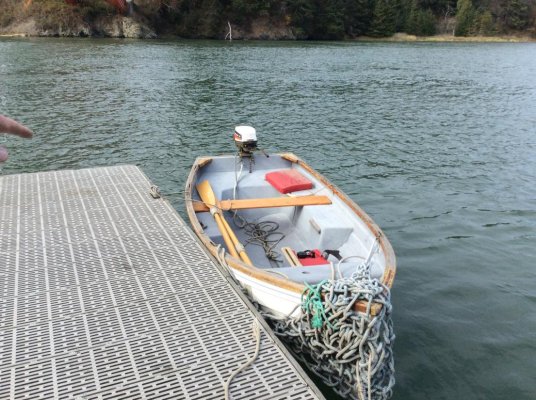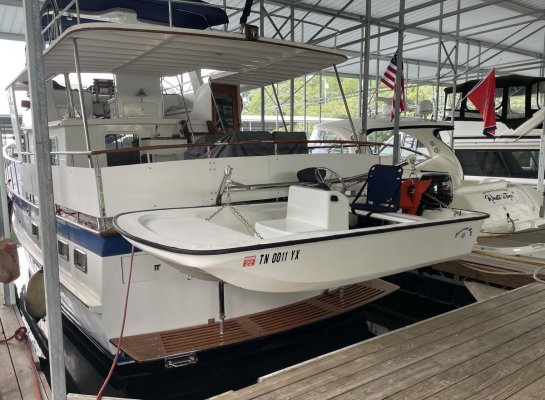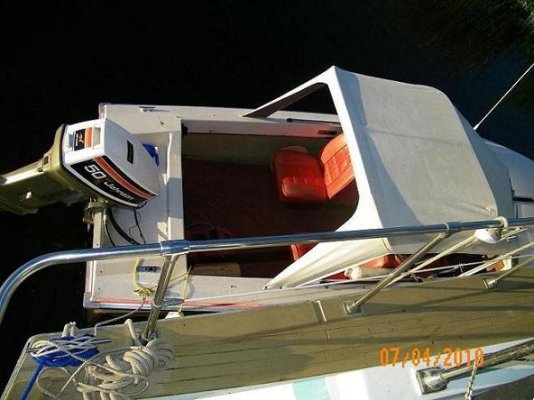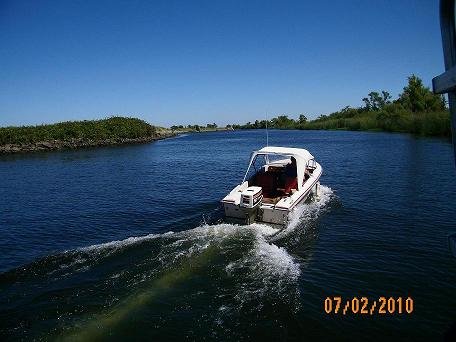You may not like my suggestion, but I put it out there for you to think it through. The reality for us older farts is that whatever is heavy now is going to get heavier in the future. I see a motor that isn't to bad in weight now, becoming a sea anchor in my latter years as I drop it unintentionally. I also include lugging batteries around in the electric propulsion systems.
Something like Sea Wise davits is expensive but it will extend your boating experience without moving heavy things around. Once the motor is on the bracket for the davit system, it remains on until it is removed for servicing or whatever. For that task on my davit system, moving an engine that has become heavy for me, I see myself asking for help from one of the younger marina members. I'm practising my pitiful face look so I can looking convincing to this younger volunteer.
The price is high, search for used ones, how I got mine, it will be the easiest of all options you are considering using currently.
Sea Wise Manual Davit system: I'm showing you the manual set up rather than the electric (there is one) as it is cheaper. You can use a cordless electric drill to haul the dinghy up and save thousands.







